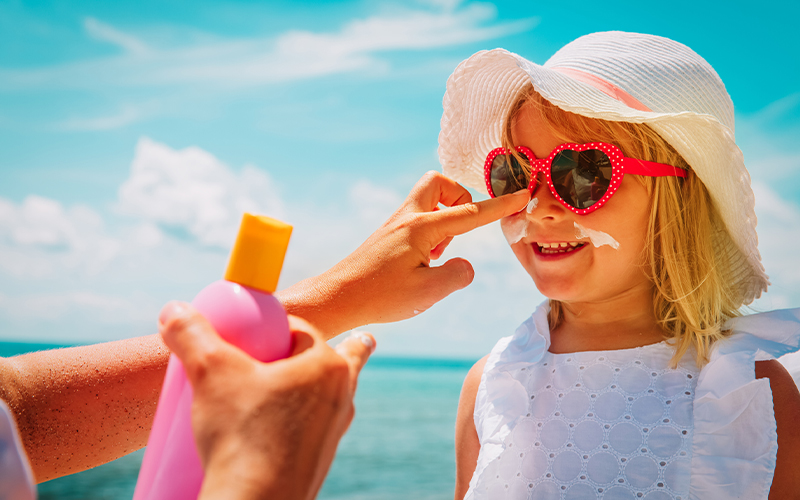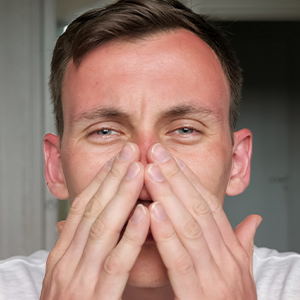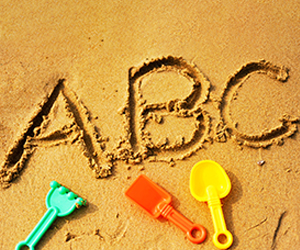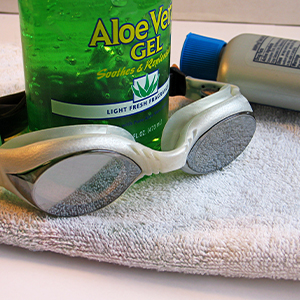Avoiding Sunburn: the ABCs of Sun Safety

Hot weather, clear skies, and long days make it easy to spend hours in the sun. Here in northern Michigan, this beach-tastic summer weather is exactly what we’ve been craving all winter.
But there’s a downside to spending too much time in the sun. Overexposure while running, swimming, and hiking can cause real damage to the skin. Sunburn is the main culprit, but lengthy sun exposure can also cause hidden skin damage. Too much sun can raise the risk for skin cancer if you don't take steps to protect yourself.
So how do you enjoy the sun without overdoing it? This breakdown should help.
Why Is Sunburn so Dangerous, Anyway?

Sunburn hurts. It’s a painful skin reaction from absorbing too much ultraviolet (UV) light. These burns are caused by the sun’s rays but may also come from artificial sources like tanning beds. The most common symptoms of sunburn are:
- Pain and redness
- Swelling of the skin
- Blisters
- Dry, itching, and peeling skin 3 to 8 days after the burn
Over time, excessive or multiple sunburns can cause wrinkling and premature aging of the skin. Or worse. Excessive sun exposure is the leading cause of skin cancer. Too much sun combined with these genetic or lifestyle factors make us more likely to develop skin cancer in later years:
- Fair skin, moles, or freckles
- A family history of skin cancer
- Multiple blistering sunburns
“Skin cancer is by far the most common of all cancers diagnosed in the U.S.,” says Dr. Jennifer Lawhorn, Oncologist and Hematologist at Munson Healthcare OMH Cancer & Infusion Center. “While melanoma accounts for only 1% of skin cancer diagnoses, it causes the majority of skin cancer deaths. The rates of melanoma have been rising for the past 30 years. ”
You can lower your risk for skin cancer by protecting your skin from harmful UV rays.
How to Prevent Sunburn
So what’s an easy way to avoid sunburn and lower the risk of developing skin cancer? Follow these ABCs of sun safety:
A | Stay away from the sun in the middle of the day. UV rays are strongest during summer months when the sun is directly overhead. This is normally between 10 am and 4 pm. |
B | Block the sun’s rays using broad-spectrum SPF 30 sunscreen or whatever your dermatologist recommends. Apply the lotion 30 minutes before going outside and reapply often during the day. |
C | Cover up using protective clothing, such as a long sleeve shirt and hat when in the sun. Use clothing with a tight weave to keep out as much sunlight as possible. Sunglasses and hats with brims are important. Clothing rated with UPF (UV protection factor) can also be worn. |

Using sunblock and sunscreen correctly is important to protect the skin. Here are some tips:
- Choose a broad-spectrum product that filters out both ultraviolet A (UVA) and ultraviolet B (UVB) rays. More expensive sunscreen does not always mean it is better.
- Use a waterproof or water-resistant sunscreen.
- Apply sunscreens to all exposed areas of skin, including easily overlooked areas. These include the rims of the ears, the lips, the back of the neck, and tops of the feet. Apply the sunscreen very carefully on the face to avoid the area around the eyes.
- Use sunscreens for all children older than six months. It doesn’t matter what type of skin or complexion your child has. All skin types need protection from UV rays.
- Watch for ingredients that may irritate your skin or cause an allergic reaction.
- Apply sunscreen 30 minutes before going out into the sun to give it time to work. Put on a thick layer and reapply every two hours after being in the water or after sweating.
- Avoid tanning beds and salons. Most tanning beds and salons use UVA bulbs. Research has shown that UVA rays may contribute to premature aging of the skin and skin cancer.
- Keep children younger than six months out of the sun if possible. Dress your child in lightweight clothing that covers most surface areas of skin.
Treating a Sunburn

If you or your child has sunburn, follow these expert tips to help ease symptoms:
- Take a cool bath or use cool compresses on the sunburned area
- Use acetaminophen or ibuprofen to ease discomfort and fever. Be sure to follow the directions on the container
- Moisturizer, aloe gel, hydrocortisone cream, or a topical pain reliever on the sunburned skin may help
- If your burn produces blisters, don't break them open. They can get infected
- Stay out of the sun until the burn is healed
- Drink extra fluid for several days to prevent dehydration
Specific treatment for a nasty sunburn depends on the severity. In general, call a healthcare provider if:
- The sunburn forms painful blisters
- You or your child has symptoms of heat stress like fever, chills, nausea, vomiting, dehydration, or feeling faint
- Your baby is younger than one year and gets sunburn
Need help? Ask a Nurse

If you’re concerned about your burn, Munson Healthcare’s free Ask-A-Nurse hotline is available 24 hours a day. A registered nurse can provide instructions for self-care at home or help you determine whether your symptoms are severe enough to see a physician. Call 231-935-0951 to ask about your sunburn or any other health-related topic.
Where to Go for Care
Whether you’re dealing with skin needs or simply not feeling well, let us help you find the right care for you and your loved ones.
Related Blogs from Munson Healthcare